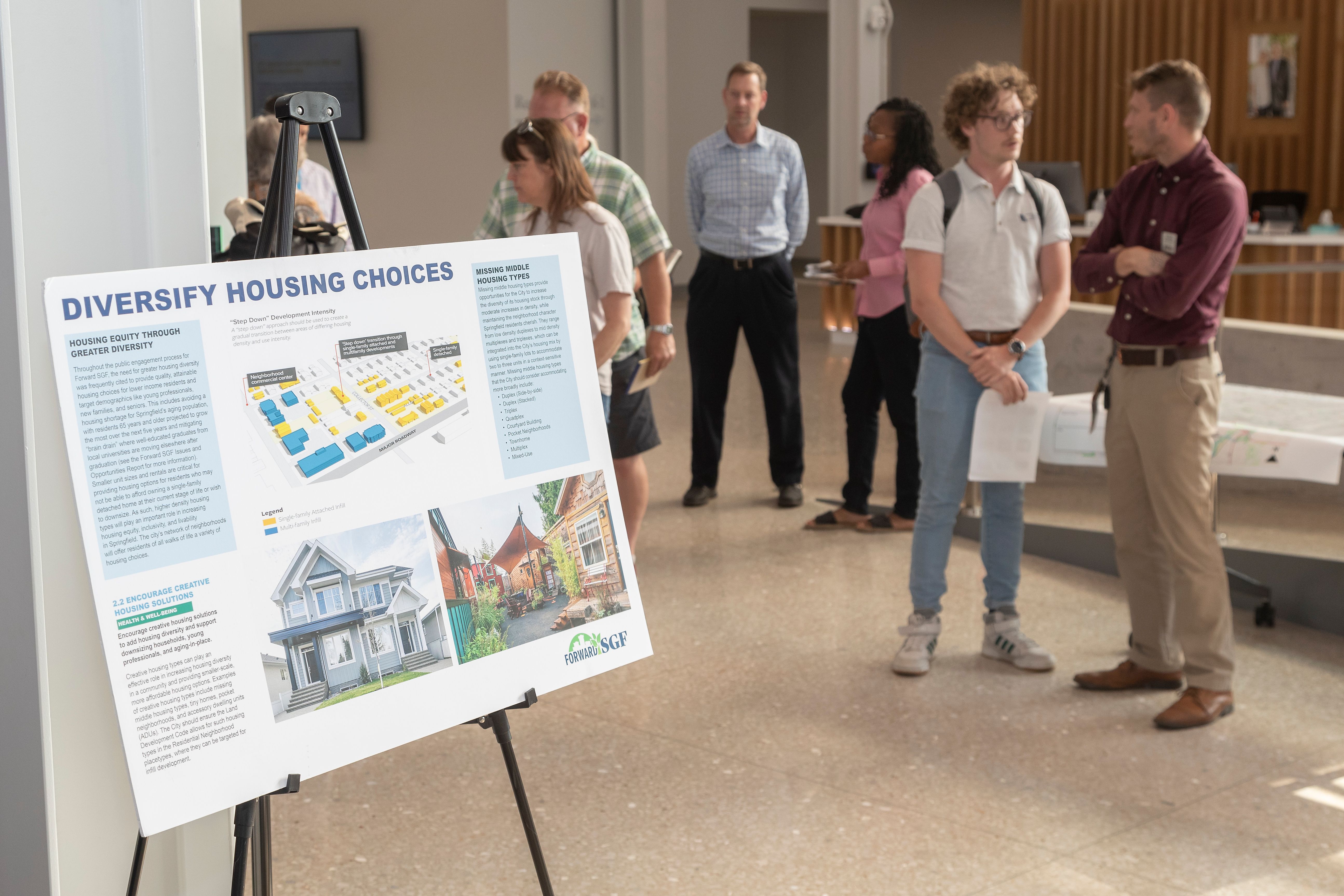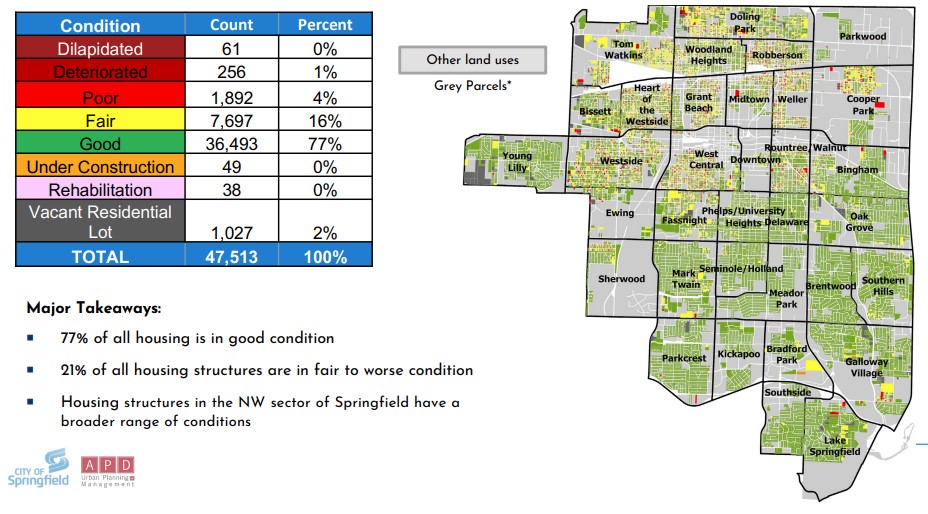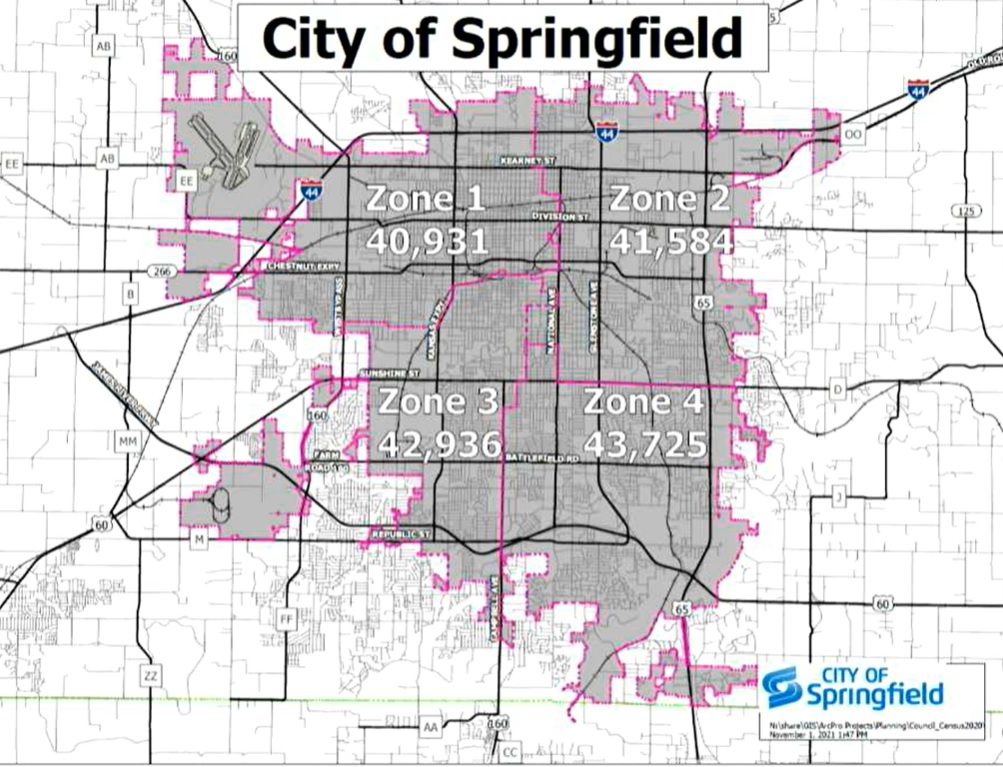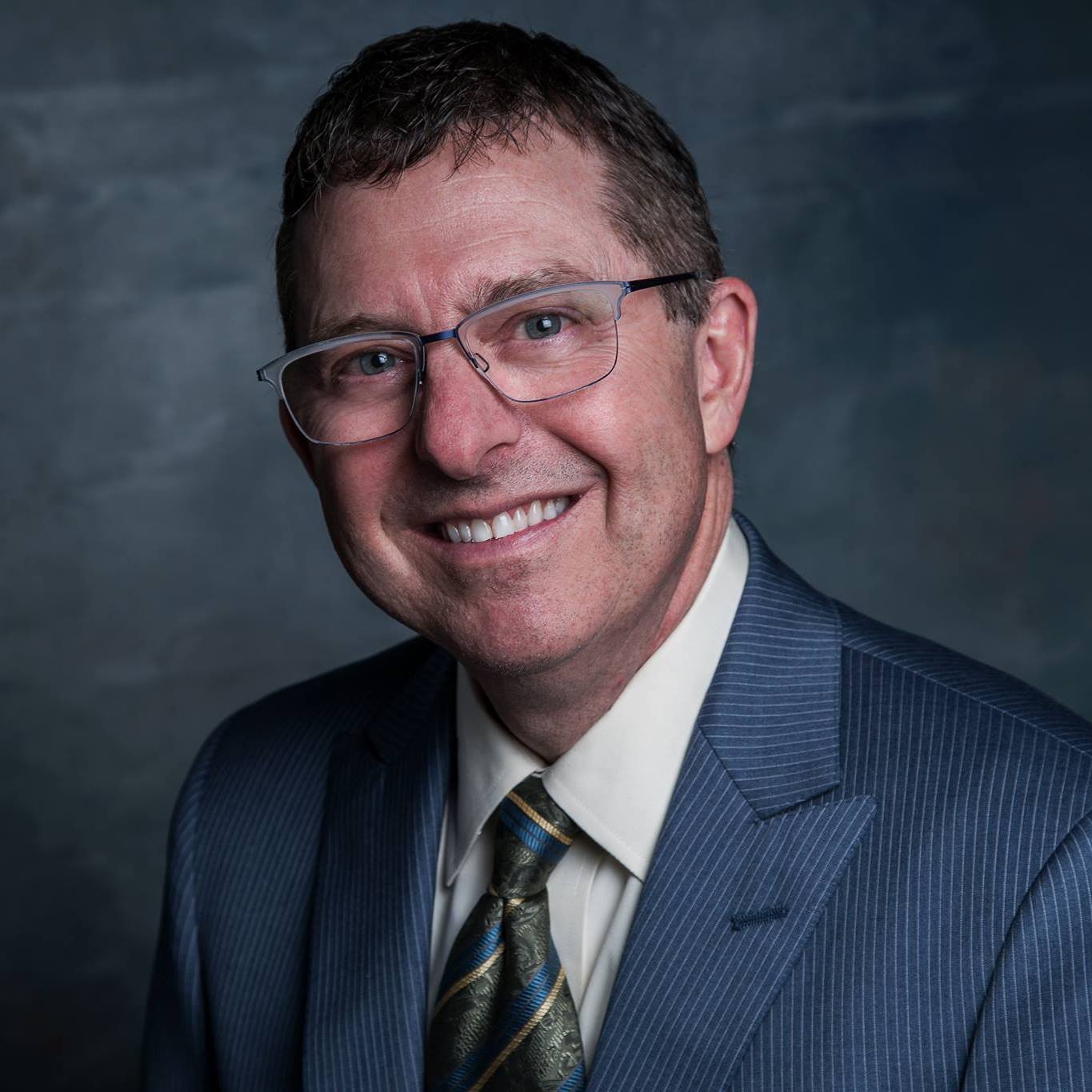With new data from a citywide housing study, nonprofit Restore SGF looks to expand its housing initiative into every corner of Springfield.
APD Urban Planning and Management, the Atlanta-based consulting firm the City of Springfield hired to conduct the housing study, returned to Springfield recently to reveal the results of the information it has collected so far.
In the second of what will be three public meetings, staff from APD and Springfield’s Department of Planning and Development hosted community members at Ozarks Technical Community College’s Plaster Manufacturing Center on June 8.
While APD’s findings and recommendations to the city will provide guidance on how to improve Springfield’s housing stock in more ways than one, other organizations, such as Restore SGF, are looking at this data to help guide their own programs and initiatives.
“Our approach really needs to be data-driven, meaning instead of just guessing or anticipating or speculating, we really need good, quantifiable data to understand what our housing conditions look like and also what neighborhoods are going to be, frankly, the best for Restore SGF to start in,” said Richard Ollis, a former Springfield city councilmember, and co-founder and president of the board of Restore SGF.
Restore SGF is a nonprofit aimed at increasing homeownership, raising the value of properties and encouraging reinvestment in some of Springfield’s neighborhoods.
‘Windshield survey’ on nearly 48,000 housing structures

In the June 8 meeting, APD senior planner and design manager Deborah Jensen and urban planner Reginald White Jr. presented some of the data that they collected when conducting a “windshield survey” in Springfield in February.
With a 360-degree camera mounted atop an SUV, APD staff traveled Springfield’s neighborhoods and identified the types of housing, tenure, conditions and ages of the city’s 47,513 residential structures.
They also compiled data from other sources to add to and cross-reference their own findings, and input from community members, including concerns and suggestions to improve Springfield’s housing.
Based on community input from the first public meeting on Feb. 23, which nearly 100 people attended, affordable, workforce housing, tiny homes and condos were the most prominent types of housing missing from Springfield’s neighborhoods.

Strengths identified during the community meetings included neighborhood establishment and community engagement, history and character, and amenities such as transit-oriented development and parks and greenspace.
Weaknesses, on the other hand, included unaffordable housing, a lack of viable rental housing and a lack of variety in housing, and character components such as walkability and connectivity, and development and preservation.
Community members identified opportunities in landlord accountability and addressing some of the weaknesses, and threats in the city’s poverty and homelessness, and environmental elements such as incompatible development, zoning and use and a decreasing quality in housing.
Many participants were in favor of commercial uses like grocery stores, food hall/creative spaces and other services such as laundromats and salons, while they saw banks, pharmacies and office spaces as less favorable.

In terms of new developments, community input revealed a preference for single-family homes, cottage houses, accessory dwelling units and live-work structures, and disdain for mid-rise apartments and townhomes.
APD staff also showed a recent and projected future increase in Springfield’s senior population, and said that suitable housing should be considered for residents 65 and older.
Other data points from APD’s findings include:
- 77 percent of housing is in good condition, with 21 percent in fair to worse conditions
- 97 percent of all housing structures are occupied
- Of the 3 percent unoccupied, 1,027 are vacant residential lots and 403 are vacant buildings
- 44 percent of Springfield’s homes were built between the 1950s and 1970s
- 92 percent of housing is single-family residential
White said that, at 92 percent, the amount of Springfield’s single-family housing is “astonishing” in comparison to the 60 percent mark that APD has seen in another city.

Ollis said that APD’s insight could help diversify the city’s housing stock which is “virtually all” single-family homes.
“One of the things that we're going to have to come to grips with as a community is the fact that yes, we will renovate many single-family homes, however, we're likely going to have to build different types of housing,” Ollis said. “Such as townhomes, row houses, pocket neighborhoods, cottages and other types of housing because, to be candid, the land and construction is so expensive today that it can't all be single family homes that people own and live in.”
Ollis said that it was necessary for this mindset shift to occur in order to increase homeownership in Springfield, which, according to the latest Census data, is 42.9 percent. If not, he said, “the only homeownership we're going to have is the upper middle class and beyond.”
Restore SGF to use data to select neighborhoods in each Council Zone
While Restore SGF’s initial focus was in north Springfield, its newly formed Neighborhood Selection Committee is now eying an impact in each of the city’s four city council zones.
Because the nonprofit aims to aid and encourage reinvestment in homes, the committee will likely identify neighborhoods in each zone with higher rates of homeownership than other parts of the city, according to Restore SGF’s new interim executive director Dana Elwell.

In addition to Elwell, the committee is comprised of Nancy Williams, Amy Blansit, Barbra Wallace, Bill Owen, Andrew Doolittle and Becky Volz. On Aug. 17, they will provide their four recommended neighborhoods to Restore SGF’s board.
“If we tried to spread ourselves so thin, we wouldn't have any impact at all,” Elwell said. “If we did one in 36 neighborhoods, nobody would know the difference. We hope to expand to a number of neighborhoods over time, we're not going to just continue to deal with the same four.”
Even though Restore SGF is primarily aimed at encouraging the rehabilitation of houses through an initiative that provides matching grant funds for homeowners to upgrade the exterior of their homes, they do have a program that provides a $5,000 grant for down payments and financing plans for applicants with their bank partners.
While they want to help as many people and homes as they can, Elwell also hopes other homeowners, whether landlords or owner-occupied, are inspired by Restore SGF and work to improve their own houses, even if they don’t qualify for the financial assistance.
“It’s a contagious type of thing,” Elwell said.
The housing study, along with information from the city, the Springfield Police Department, schools and other sources, will help guide the committee’s selection process.
“[The housing study] really provides a great data set for us to work from and not only us, but frankly, many housing organizations throughout our community,” Ollis said. “Having the data is just going to be critical.”
Elwell hopes the data helps open people’s eyes to the conditions of some of Springfield’s homes that they might not otherwise realize when driving through neighborhoods.
At almost a fourth of residences in the city, he said that the 21 percent of homes APD determined was in fair or worse condition is “a big number.”
“Hopefully people will pay attention to that and realize there is some need for not only Restore SGF, but just programs in general,” Elwell said.
Elwell, new headquarters mark progress for Restore SGF
While Restore SGF has been in the works for several years, and already has about $5 million in startup funding, the hiring of Elwell and soon-to-be new office space at 1409 W. Sunshine St. are marks of progress for the young nonprofit.
Elwell is the first hired staff person, according to Ollis, and won’t be their last as they look to become more established from an operational standpoint in the months ahead before they can begin delivering programs.
“Part of the exciting and challenging part of this is we are literally setting up both an office and business from scratch,” Ollis said.

Elwell was brought on, on a part-time basis, out of retirement after nearly 40 years in the banking industry. He has extensive experience on boards and commissions, many related to housing initiatives, in the Springfield area, including as a founding member of the Springfield Community Land Trust.
Over the next six to eight months, he aims to help Restore SGF get off the ground before they find a permanent executive director to lead the organization.
“I think it’s so exciting,” Ollis said. “And we have lots of opportunity, if you think about it, all of this housing we're talking about, or at least housing and land all already has all the infrastructure installed, all the roads are there, electrical is there, sewer is there. I just think, rather than continuing to build out, particularly in suburbs and other communities, we have the ability to better utilize and enhance the housing and land that we have in the city.”

